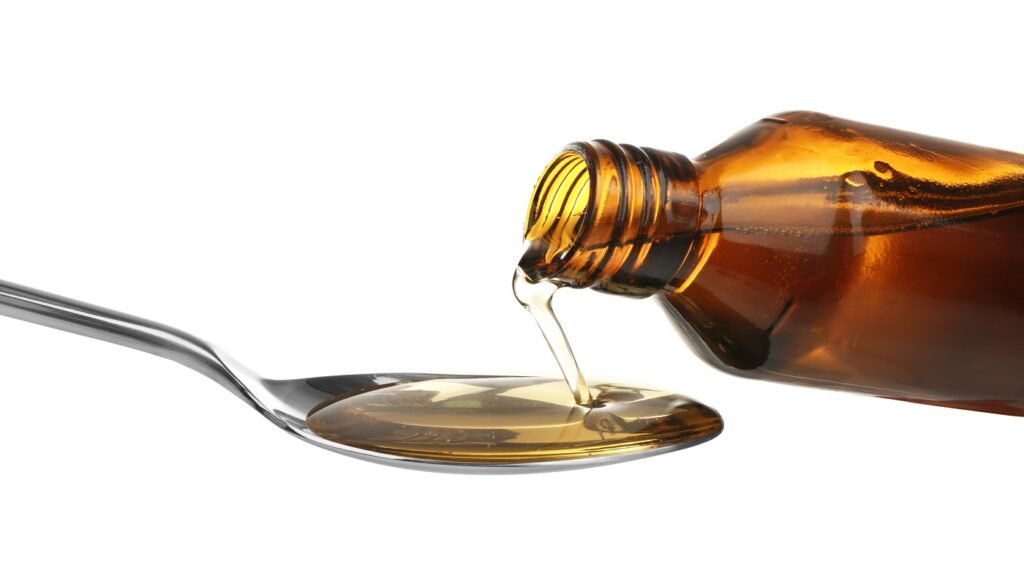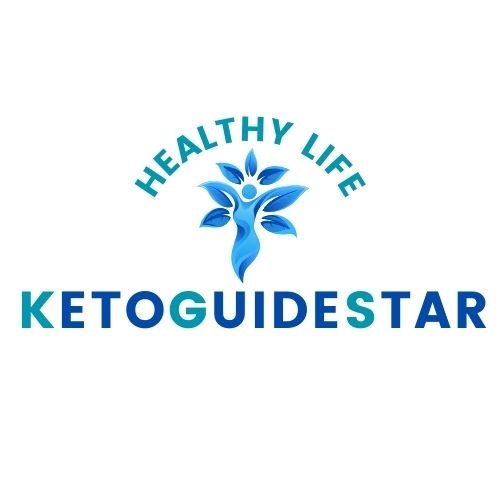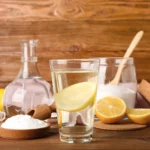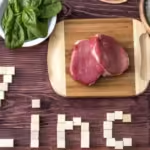Table of Contents
Food with vitamin D Discover why it’s challenging to get enough vitamin D from foods alone. Learn about the limited vitamin D content in foods like mackerel, salmon, and mushrooms, and why supplements or sun exposure are essential to meet daily requirements. Get expert tips on ensuring adequate vitamin D intake.
Can you get enough Food with vitamin D?
I’ve done so many Topics on vitamin D .
And one thing that’s just really important to know is that there is no way you’re ever gonna get your vitamin D from your foods , and I’m gonna prove it in this Topic.
Vitamin D amounts in food
What you’re looking at is a chart of the various foods that starting from high vitamin d to low vitamin d , but they all have a good amount of vitamin d .

Then I get into the quantity of vitamin d , and they’re all based on international units .
And then in the last column , I show you how much of that specific food you would have to consume on a daily basis to achieve what I think is a good level of vitamin D as a maintenance , and that would be 10,000 IUs of vitamin D .
Some of you are new here and you’re listening to this and going , wait a second , that’s a toxic amount .
So let’s start with mackerel .

You would need 10 servings .
Each serving is 3 ounces .
You would need 10 servings of this every day to achieve your requirements .
Then we have salmon , wild caught salmon .
You need 10 servings .
That’s 30 ounces of salmon .
I don’t really know anyone that can consume that much per day .
Then we have mushrooms .

You would have to eat 14 cups of mushrooms , which is that’s gonna be difficult .
But the problem with mushrooms is they’re not giving vitamin D3 .
They’re gonna give you vitamin D2 , which you’re not gonna nearly get the absorption or the amounts that you need with vitamin D2 .
You really need vitamin D3 .
Then we have trout .
You would need 15 servings .
It’s 42 ounces , Impossible to consume .
Then we have farm fed salmon .
You would need 18 servings .
Impossible .
Cod liver oil , 22 teaspoons .

It’s not going to happen .
Canned tuna , 32 servings .
That’s 129.5 ounces .
That’s 32 cans .
32 cans , 129.5 ounces .
Try to consume that in a day .
Then we have herring , that would be 46 servings .
That’s 56 ounces , impossible .
Yogurt , you need 65 cups , not gonna happen .
Beef liver , 238 servings , impossible .
And then we get egg yolks , 270 eggs , I don’t think so .
So anyway , definitely consume these foods , but get your vitamin d from sun or a supplement .
key Points:
Can you get enough vitamin D from food?
I’ve done so many topics on vitamin D, and one thing that’s just really important to know is that there is no way you’re ever gonna get your vitamin D from your foods, and I’m gonna prove it in this topic.
Vitamin D amounts in food
What you’re looking at is a chart of various foods, starting from high vitamin D to low vitamin D, but they all have a good amount of vitamin D.
Then I get into the quantity of vitamin D, and they’re all based on international units. In the last column, I show you how much of that specific food you would have to consume on a daily basis to achieve what I think is a good level of vitamin D as maintenance, which is 10,000 IUs of vitamin D.
Some of you are new here and you’re listening to this and going, wait a second, that’s a toxic amount.
Food with vitamin D: Examples and quantities
Mackerel: You would need 10 servings. Each serving is 3 ounces. You would need 10 servings of this every day to achieve your requirements.
Salmon (wild caught): You need 10 servings. That’s 30 ounces of salmon. I don’t really know anyone that can consume that much per day.
Mushrooms: You would have to eat 14 cups of mushrooms, which is going to be difficult. The problem with mushrooms is they’re not giving vitamin D3; they give you vitamin D2, which you’re not going to nearly get the absorption or the amounts that you need with vitamin D2. You really need vitamin D3.
Trout: You would need 15 servings, which is 42 ounces. Impossible to consume.
Salmon (farm-fed): You would need 18 servings. Impossible.
Cod liver oil: 22 teaspoons. It’s not going to happen.
Canned tuna: 32 servings, which is 129.5 ounces. That’s 32 cans. Try to consume that in a day.
Herring: That would be 46 servings, which is 56 ounces. Impossible.
Yogurt: You need 65 cups. Not going to happen.
Beef liver: 238 servings. Impossible.
Egg yolks: 270 eggs. I don’t think so.
- I believe a good maintenance amount of vitamin D is 10,000IU. 10,000IU is not toxic, and there are specific reasons why you need that much. Check out my other videos on vitamin D for more information.
- I want to share with you different foods that contain vitamin D, the quantity of vitamin D each of these foods contains, and how much of that specific food you would need to consume on a daily basis to achieve a good maintenance level of vitamin D (10,000IU).
- 3oz. Mackerel—1006IU—10 servings
- 3oz. Salmon (wild)—988IU—10 servings (30oz.)
- 1 cup Mushrooms (white)—732IU—14 cups
- 3oz. Trout—645IU—15 servings (42oz.)
- 3oz. Salmon (farm)—570IU—18 servings (54oz.)
- 1 tsp. Cod liver oil—448IU—22 tsp.
- 1 can Canned tuna—268IU—32 servings (129.5oz.)
- 3.5oz. Herring—216IU—46 servings (56oz.)
- 1 cup Yogurt—154IU—65 cups
- 3oz. Beef liver—42IU—238 servings (714oz.)
- 1 Egg yolk—37IU—270 eggs
While you should consume these foods, you shouldn’t rely on them for vitamin D. It would be better to get your vitamin D from the sun or a supplement.
DATA:
Get my FREE PDF guide on Vitamin D 👉 guide on Vitamin D




